Ed. note: this blog has been edited to reflect new information.
In recent months, more and more eyes are focused on a small, easily overlooked Cook County Forest Preserve property in Winnetka –The Skokie Sedge Meadow. This site is located at the northwest corner of Hibbard and Winnetka Roads, just south of the Willow Road Dam at the Skokie Lagoons. The Skokie Sedge Meadow, also called the Hibbard Road Preserve, is being considered as a location for stormwater storage as part of a flood-control plan developed by the Village of Winnetka called the Stormwater Management Wetlands Project. The Forest Preserves of Cook County and the Village of Winnetka have been negotiating for several years on this project, which now seems to be moving forward.
The site presently contains a drainage ditch which runs diagonally through the preserve and outlets into the Skokie River on the southwest side. This ditch predates acquisition of the land by the FPCC, and commonly floods during heavier rain events. The Village of Winnetka hopes to mitigate residential flooding by excavating stormwater basins and adding new sewer culverts on the existing wetland areas north and south of the current ditch.
Sedge Meadow’s Fate in the Balance
A report by the Illinois Environmental Protection Agency (IEPA) delineates approximately 33 acres of different wetland habitats on this forest preserve site. Fourteen acres of these wetland areas could be directly impacted by the project. A major cause for concern is that approximately 4.5 acres of mature sedge meadow in the southeastern section of the affected area is rated “a high-quality aquatic resource” by the IEPA! This high-quality natural area for many years has been called the Skokie Sedge Meadow by local conservationists, botanists, and restoration volunteers. A number of dedicated community scientists have documented on-site observations of significant flora throughout the Skokie Sedge Meadow and adjacent areas with photographs and identifications on iNaturalist. Volunteer botanists with connections to Friends of the Forest Preserve and the North Branch Restoration Project have found several rare and state threatened plant species in the southeastern wetland, including Marsh Speedwell (Veronica scutellata) and False Hop Sedge (Carex lupuliformis).
So far, the input from community scientists has proved beneficial as the project may be changed to protect species of importance. Efforts of caring, local naturalists have benefitted the Forest Preserves, since district staff cannot possibly know what lives in every corner of their 70,000 acres. For projects such as this, the FPCC already has several tools at their disposal to protect their land and minimize unnecessary damage to natural areas. For example, the FPCC utilizes a hefty “tree mitigation fee” -- assigning a monetary value to each kind of tree throughout the property to deincentivize gratuitous tree removal and raise funds for woodland restoration elsewhere. This motivated the Village of Winnetka to redraw the project footprint to avoid higher fees. On the other hand, this policy offers no direct equivalent for non-tree species, which is why having involved community scientists is so beneficial. The plan shown in the current publicly available documents proposes to excavate soil from the sedge meadow area and replant it with more common wetland plants. Recently, we have learned that the Village may revise the plan and relocate excavation areas in order to save the sedge meadow.
Compelling questions for us
Although relatively under-the-radar and unknown to most, this specific case is important because it raises a number of compelling issues. If the project proceeds, the FPCC will receive a substantial amount of money to increase wetland and forest restorations elsewhere; but, it then takes on the burden of the surrounding village’s stormwater runoff. With climate change, storms are expected to increase in intensity and frequency, so will nature preserves be expected to carry the weight by offering space for engineered solutions? What about the inequities of this solution only being available to rich communities? The forest preserve was created to preserve our natural heritage for all the residents of Cook County, not to solve a flooding problem for a few. This sedge meadow is a rare remnant of the great marsh that was permanently altered by the development of the Skokie Lagoons.
Other solutions are available
Municipalities need to consider alternative solutions to local flooding caused by developing in inappropriate locations. Solutions include eliminating development in floodplains and other wetlands, and buying existing housing in flood-prone areas and returning the land to open space. This already has been done in Illinois and other states.
Jim Hansen, a local naturalist familiar with the site, is strongly opposed to Winnetka’s proposed Stormwater Management Wetlands Project. "The publicly available plan specs show that it will alter, perhaps destroy, an already existing wetland of high quality, replacing it basically with detention ponds and unremarkable native plantings. This is BAD land use policy, counter to what the FPCC should be doing.” See Jim’s photos of the site below.

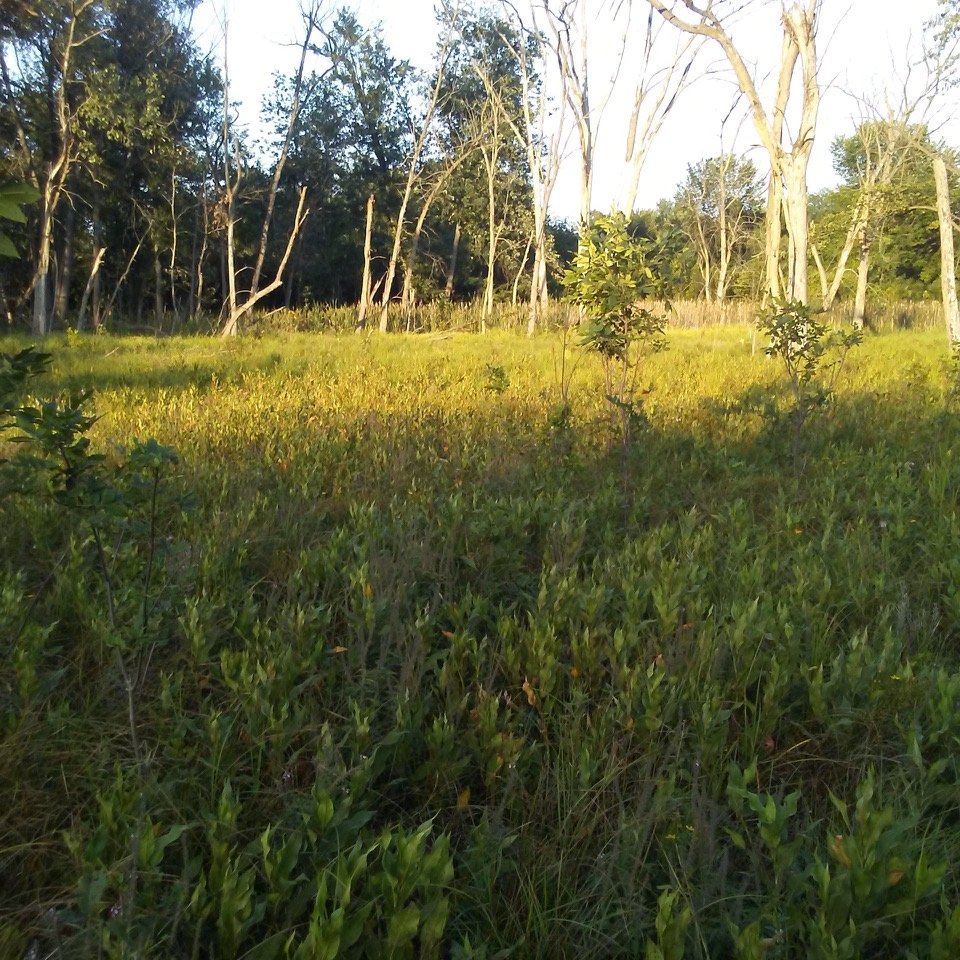


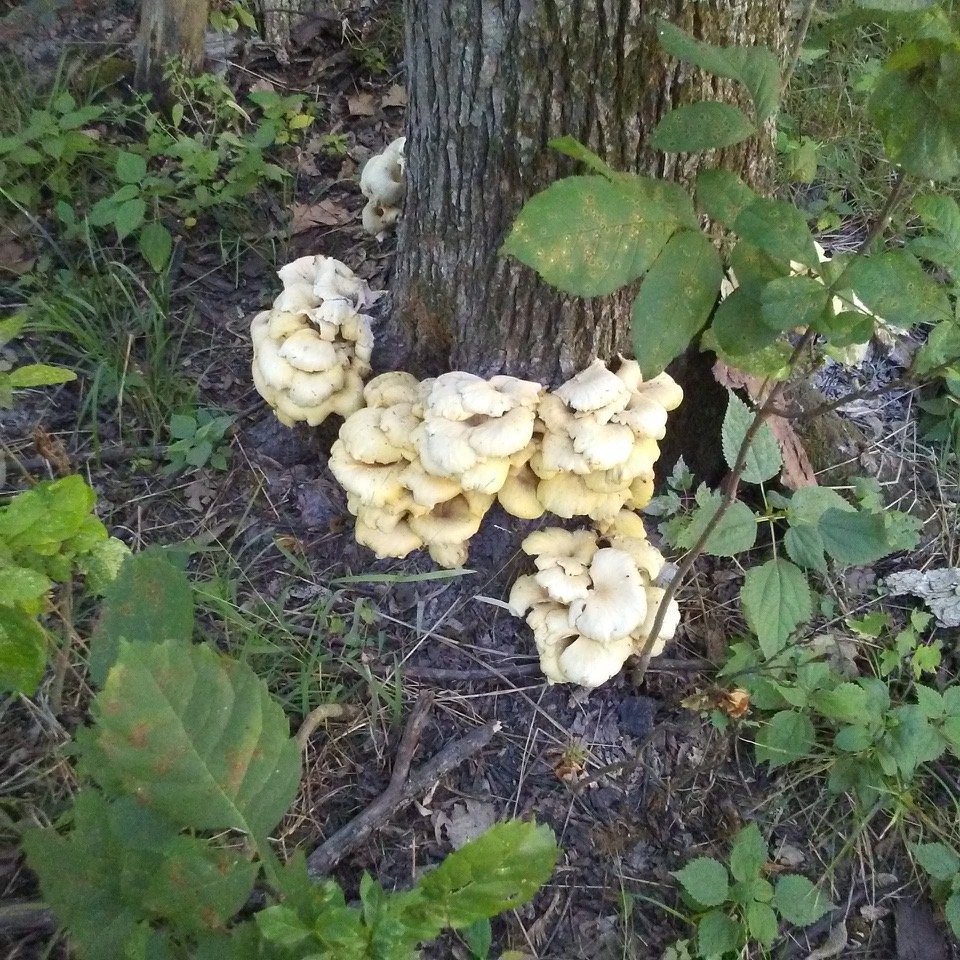
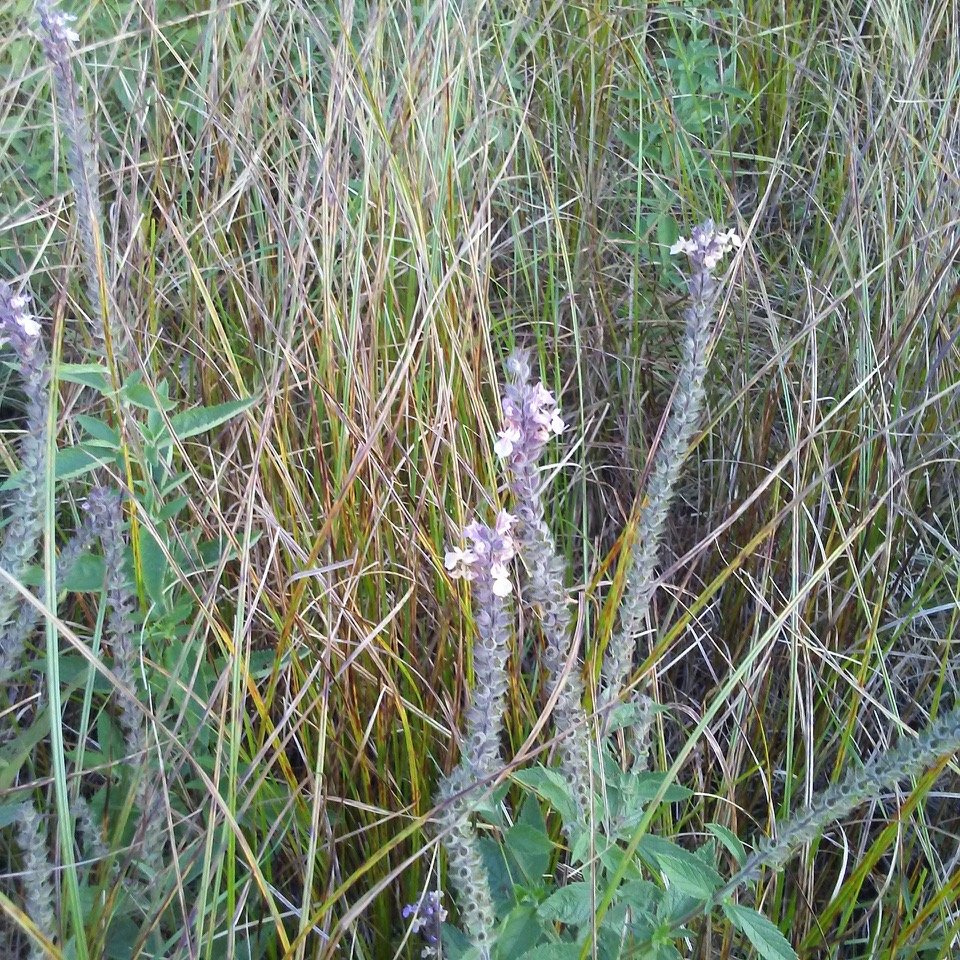

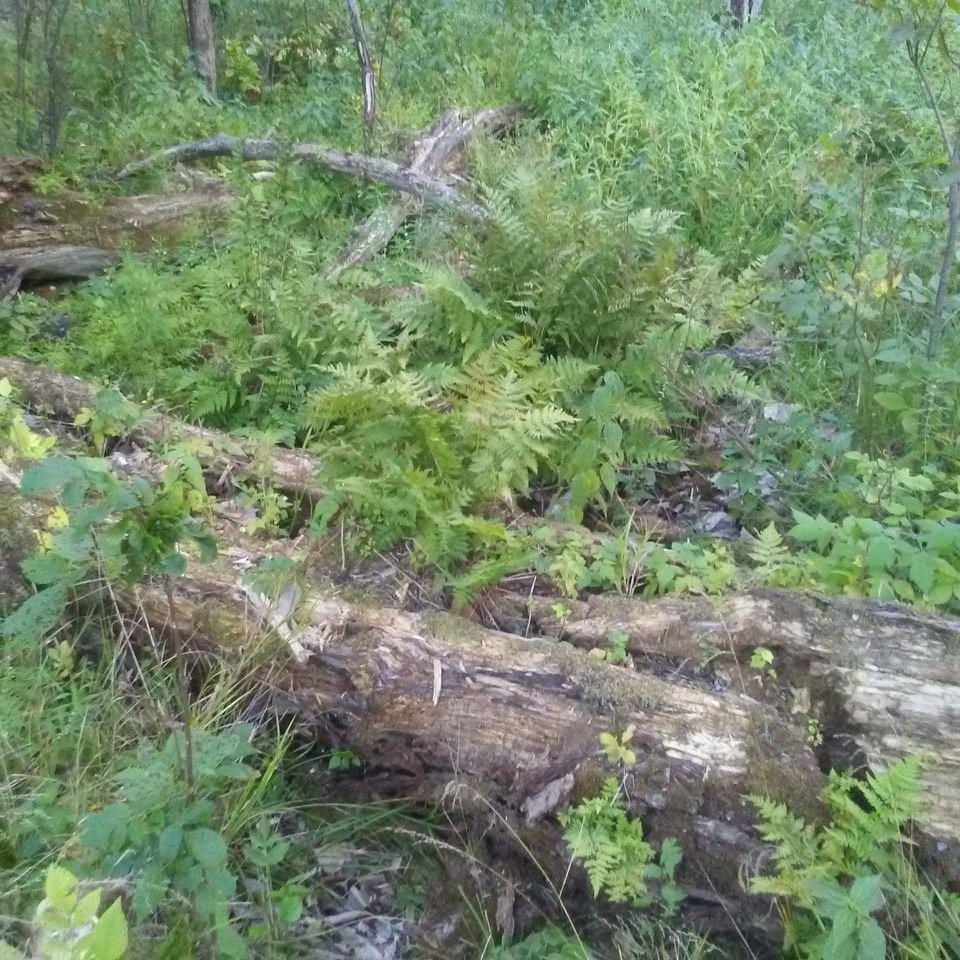
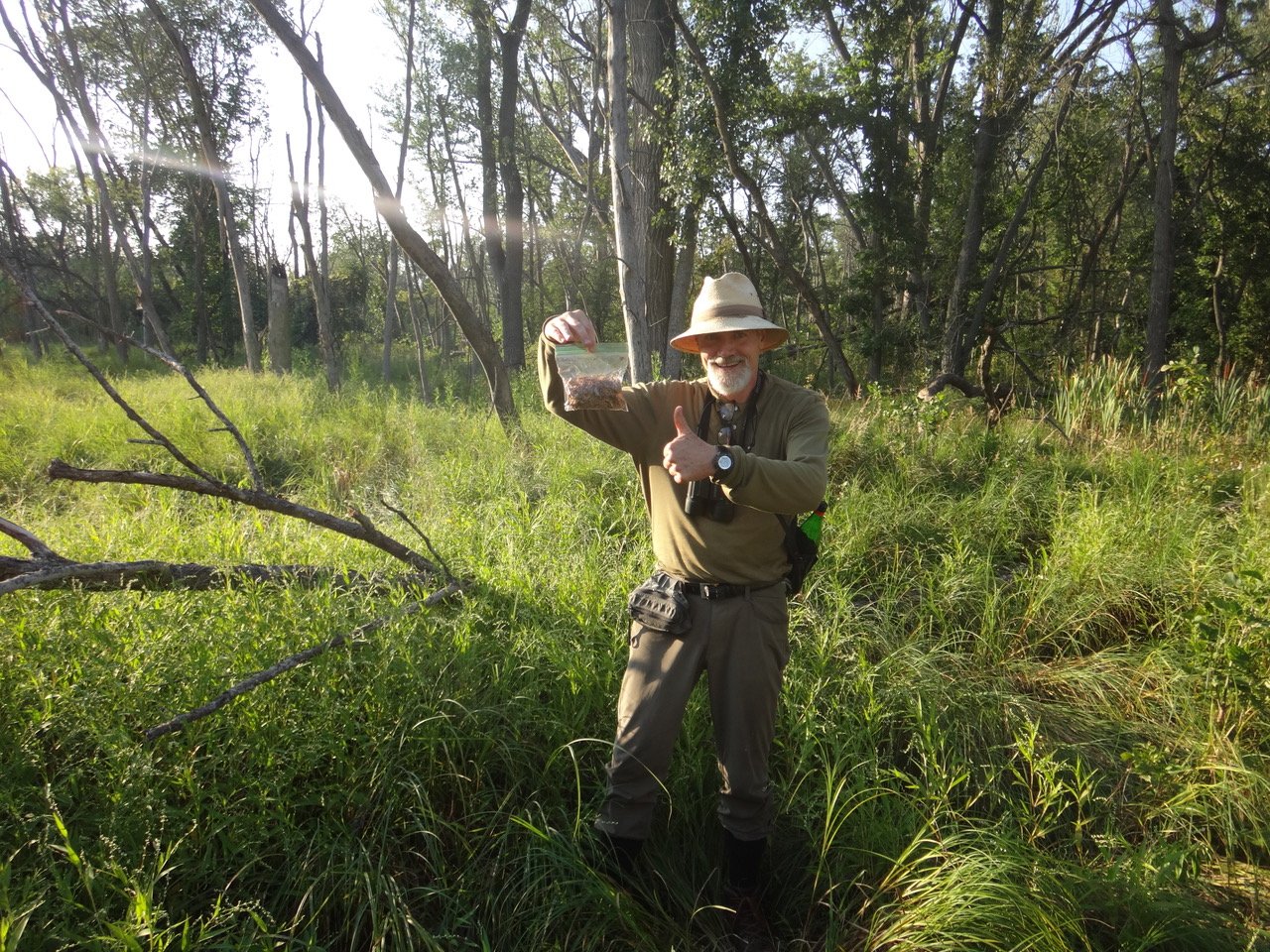
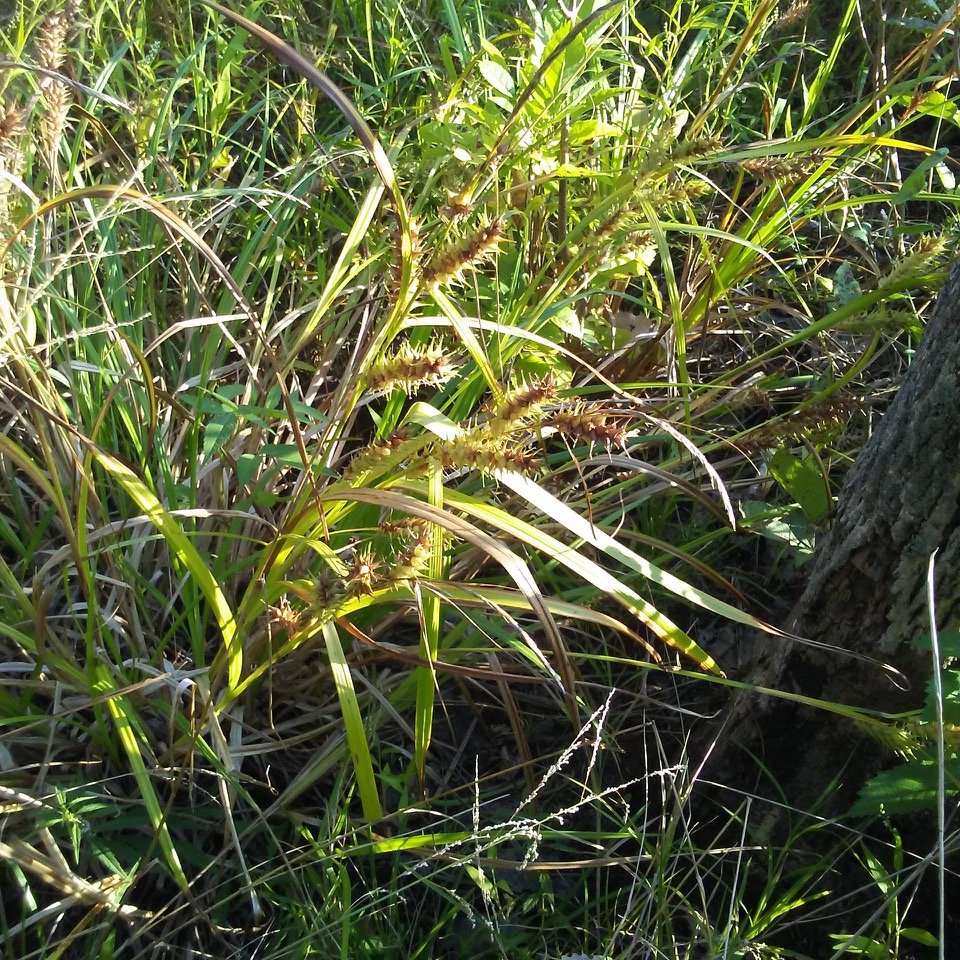
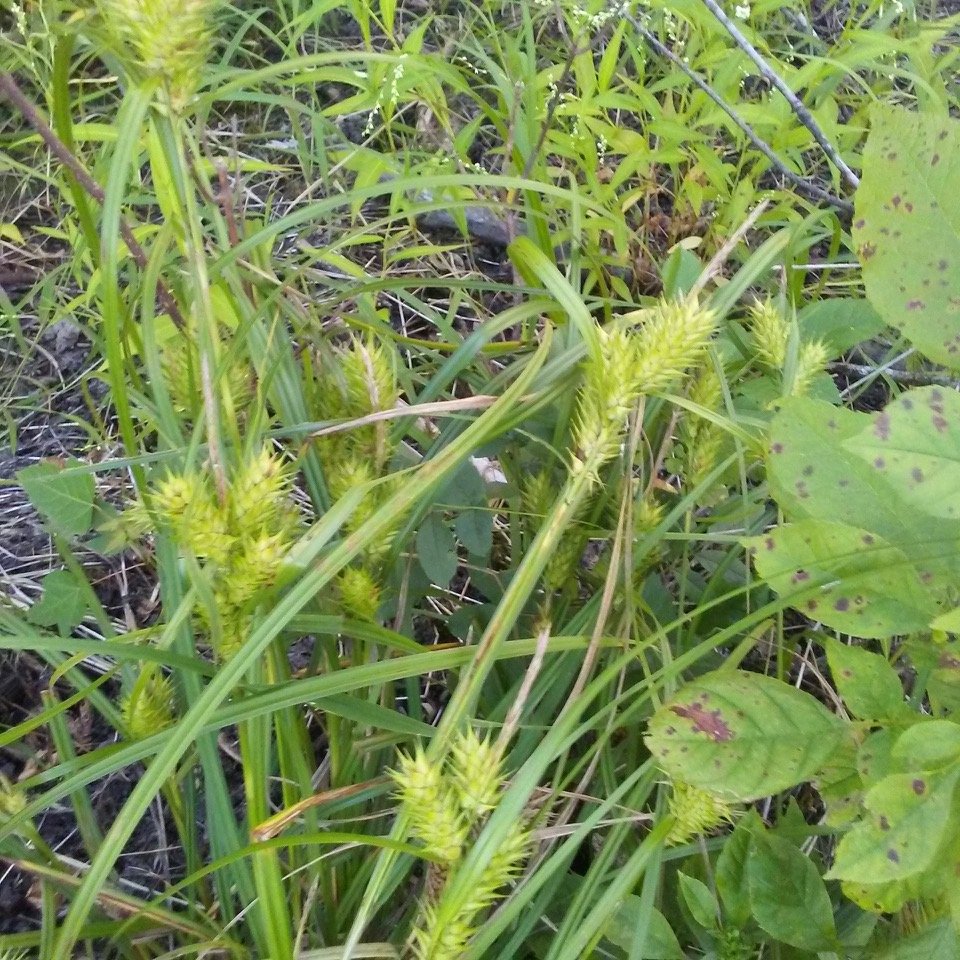
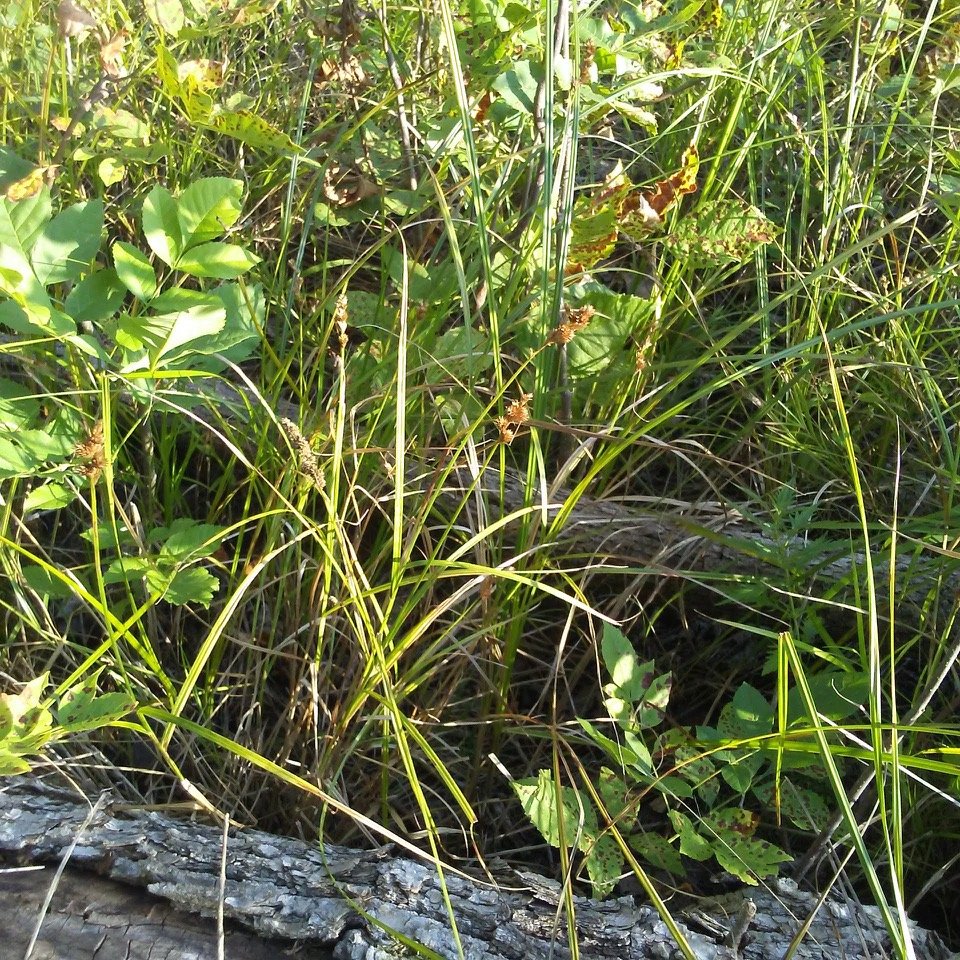




Next Steps
According to Soren Hall of the US Army Corps of Engineers (USACE), who is reviewing the permit application, “For all impacts to jurisdictional wetlands and streams, the process is one of avoidance, then minimization, then mitigation. When we have higher quality resources, this process becomes more robust. This project is being reviewed as an Individual Permit due to the quantity of impact and quality of the resources. We are still working with the applicant regarding their alternatives analysis (off-site possibilities as well as different on-site options).” He added that the review has been delayed pending receipt of additional requested information and that the public comment period is concluded.
If the project is allowed to continue after the USACE Review, it can still be stopped by the Forest Preserves of Cook County or the Village of Winnetka. This is a good time to make your opinions known by contacting forest preserve leadership or your local Cook County commissioner, or Winnetka village officials. Contact us at cas@chicagoaudubon.org if you have information or ideas.
With construction currently scheduled to start June of 2022, we are hoping that the plan will be revised or abandoned to save this important sedge meadow habitat, and that the project will be opened for public comment again before plans are finalized.
Written by Michael Rasmussen with contributions from Jim Hansen and Judy Pollock
Further Reading
Interesting public resources about the project:
Illinois Environmental Protection Agency Public Notice describes the botanical importance of the site. Two of the five identified wetland areas are “high-quality aquatic resources” with FQIs of 32.14 and 20.72 respectively, totaling almost 32 acres. “Wetland 3”, the highest-rated area, contains the 4.21 Ac sedge meadow which currently available plans show will be dramatically impacted by excavation of detention basins for stormwater storage. Note that another revision is currently being studied which may spare the sedge meadow.
iNaturalist observations to explore
Memorandum of Mutual Understanding between the FPCC and the Village of Winnetka contains drawings of the location of the planned excavation of 111,650 cubic yards of soil. Note that another revision is currently being studied which may spare the sedge meadow.
Background information:
A look back at Winnetka’s damp legacy and what the powers that be have done. “It all starts with the Chiwab Skokie or 'big wet prairie,' as the Pottawatomie called it. Once a marshland, encompassing more than 500 acres of Winnetka, Northfield and Glencoe, it comprised the largest floodplain on the North Shore.”
Swamp Secrets: The Natural and Unnatural Evolution of the Skokie Lagoons “… a diverse wetland plant community developed, including marsh grasses and wild rice that supported a robust community of fish and mammals and was also an important stop-over for migratory water fowl. Woolly mammoths and bison were also known to be residents of this region.”
Blueprint of a Buyout: Des Plaines, IL “To date, the city has purchased 68 properties. The homes on each of these parcels have been demolished, the natural grade restored, and permanent deed restrictions have been put in place requiring that the land only be used as open space.”

